Key Grains Typically Used in Navagrain Pasta:
- Wheat:
- Provides structure and elasticity to the pasta.
- Barley:
- Adds a nutty flavor and is high in fiber, vitamins, and minerals.
- Millets (e.g., Pearl Millet, Finger Millet, Foxtail Millet):
- Each millet type contributes unique flavors and nutritional benefits. They are typically high in protein, fiber, and various essential nutrients.
- Sorghum:
- A gluten-free grain that provides a mild flavor and is rich in protein, fiber, and antioxidants.
- Corn:
- Adds a slightly sweet flavor and helps with pasta texture.
- Rice:
- Contributes to the smooth texture of the pasta and is a good source of energy.
- Oats:
- Provides additional fiber and a slightly creamy texture.
- Quinoa:
- A complete protein grain that offers all nine essential amino acids and various vitamins and minerals.
- Amaranth:
- Adds a unique flavor and is rich in protein, fiber, and essential amino acids.
Health Benefits of Navagrain Pasta:
- Nutritional Diversity:
- The blend of nine grains provides a broad range of essential nutrients, including proteins, fibers, vitamins, and minerals, contributing to overall health.
- High in Dietary Fiber:
- The high fiber content from multiple grains supports healthy digestion, helps manage cholesterol levels, and promotes a feeling of fullness.
- Gluten-Free Options:
- Depending on the specific blend, navagrain pasta can be made to be gluten-free by using grains like millet, sorghum, and rice, making it suitable for those with gluten intolerance or celiac disease.
- Rich in Antioxidants:
- Many of the grains used, such as quinoa and amaranth, contain antioxidants that help reduce oxidative stress and inflammation in the body.
- Supports Heart Health:
- The combination of grains can help lower cholesterol levels and support cardiovascular health.
- Provides Sustained Energy:
- The variety of grains in navagrain pasta offers a mix of complex carbohydrates, providing sustained energy and helping to regulate blood sugar levels.
How Navagrain Pasta Is Made:
- Blend of Grains:
- A mixture of nine different grains is selected and milled into flour. The specific grains and proportions may vary based on the recipe or manufacturer.
- Dough Preparation:
- The grain flour blend is mixed with water and, if necessary, binding agents to form a dough. The dough is kneaded until smooth and pliable.
- Shaping:
- The dough is shaped into pasta using a pasta machine or by hand-rolling and cutting into desired shapes (e.g., spaghetti, penne, fusilli).
- Cooking:
- The pasta is cooked in boiling water until tender, then drained and ready to use in various dishes.
Cooking with Navagrain Pasta:
Navagrain pasta has a unique flavor profile due to the blend of grains, and it can be used in a variety of dishes:
- Pasta Salads:
- Use navagrain pasta in cold pasta salads with fresh vegetables, herbs, and a light vinaigrette for a nutritious meal.
- Stir-Fries:
- Cook navagrain pasta and stir-fry it with vegetables, tofu, or meat, and a flavorful sauce.
- Pasta Dishes:
- Incorporate navagrain pasta into traditional pasta dishes like spaghetti with marinara sauce or creamy pasta bakes.
- Soups:
- Add navagrain pasta to soups and broths for a hearty and nutritious twist.
- Baked Pasta Dishes:
- Use navagrain pasta in baked dishes such as lasagna or baked ziti, layering it with sauces, cheese, and other ingredients.
Storage and Availability:
- Storage: Dried navagrain pasta should be stored in an airtight container in a cool, dry place. Fresh pasta can be refrigerated and used within a few days.
- Availability: Navagrain pasta may be found in health food stores, specialty organic markets, or online retailers. It may also be made at home using a blend of nine different grain flours.









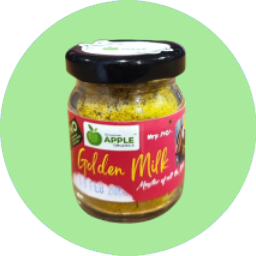














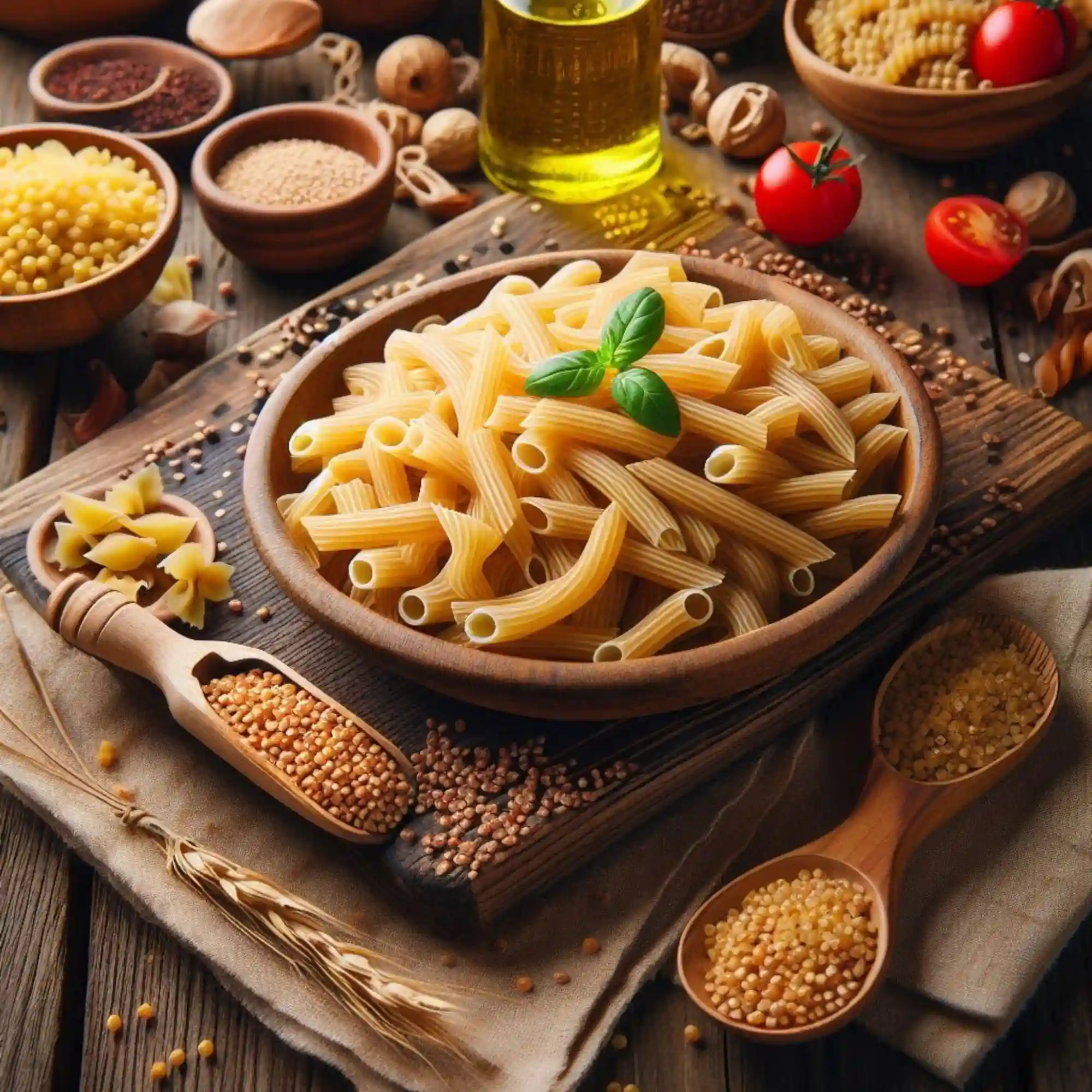
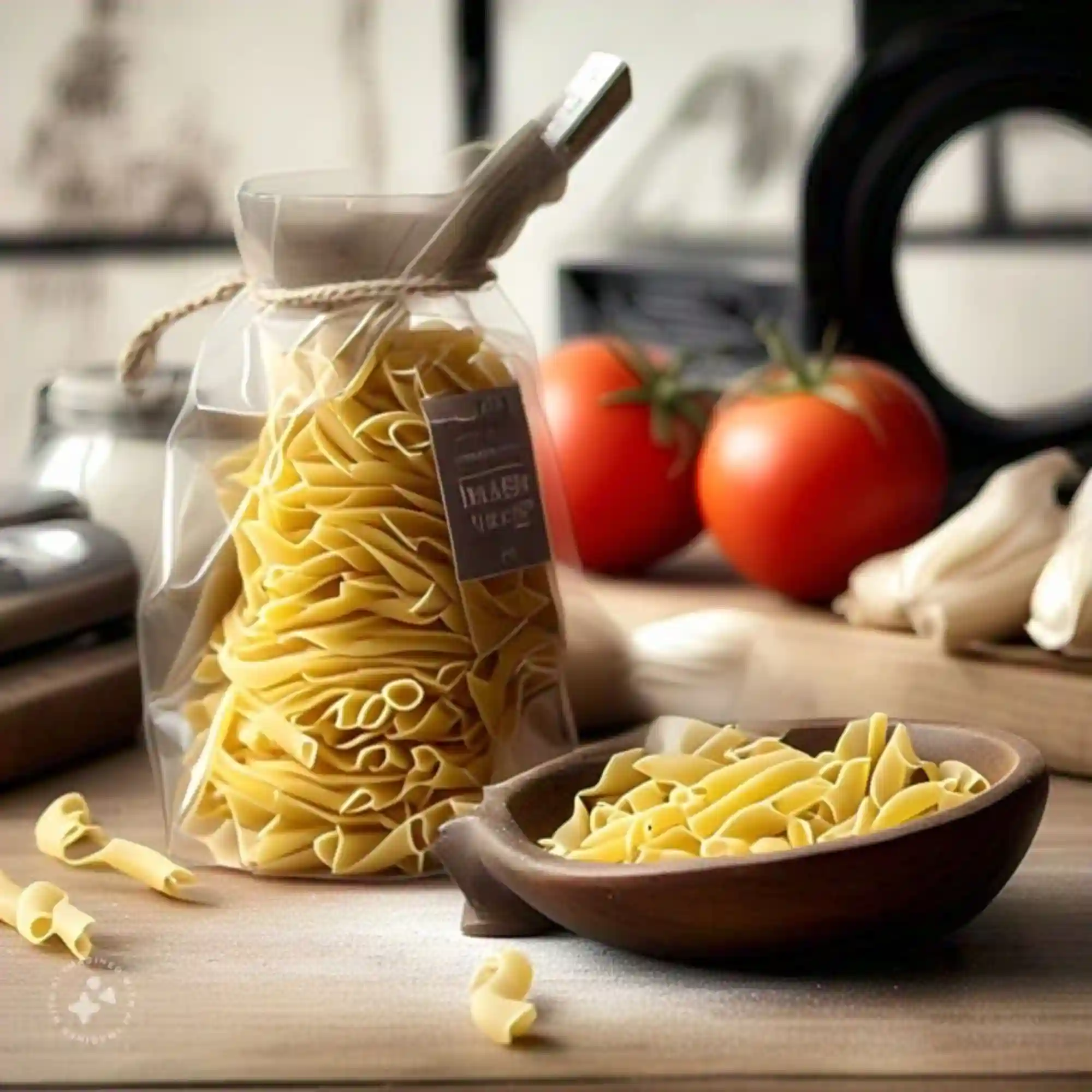
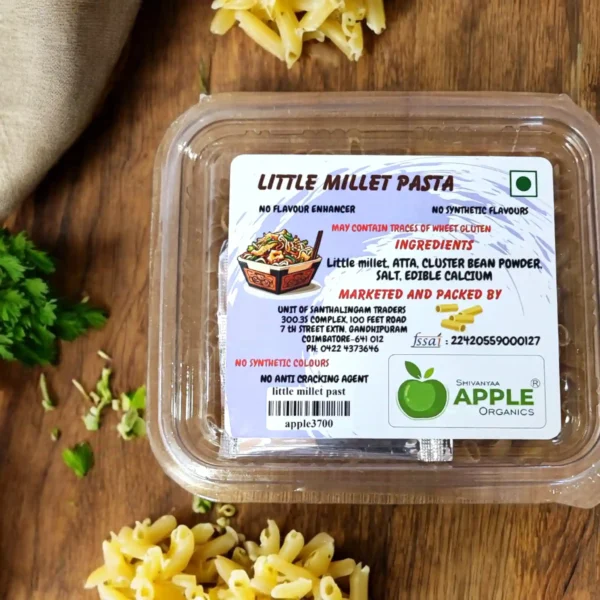
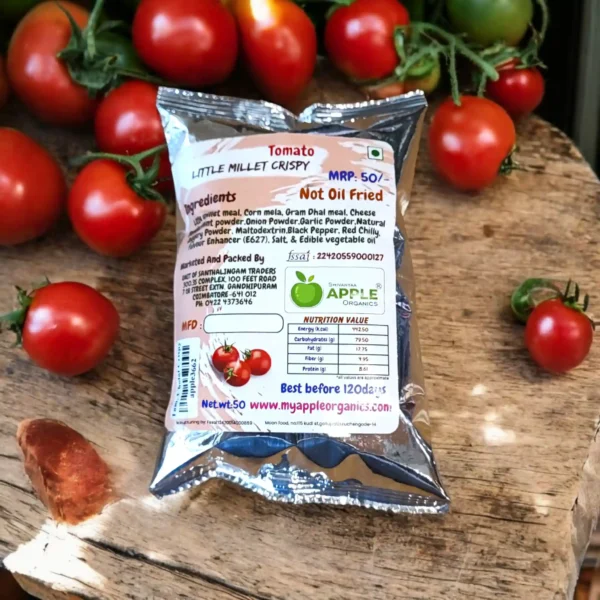

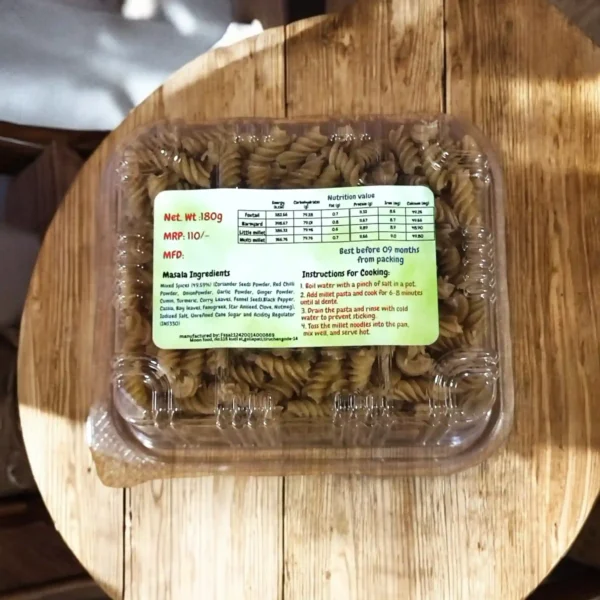
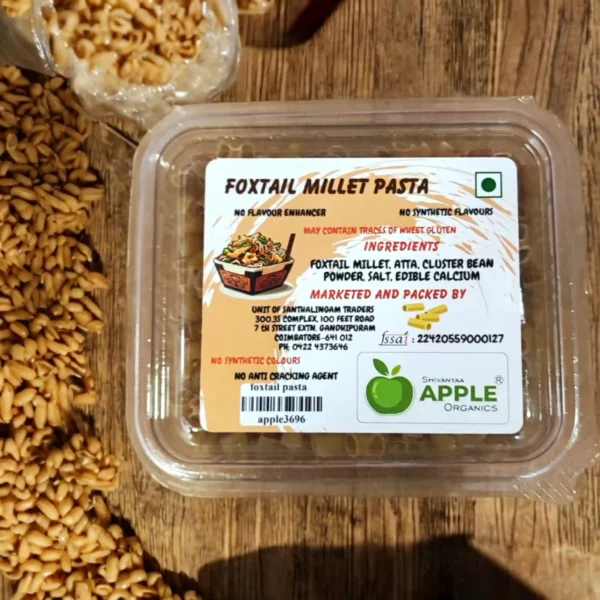

Reviews
Clear filtersThere are no reviews yet.